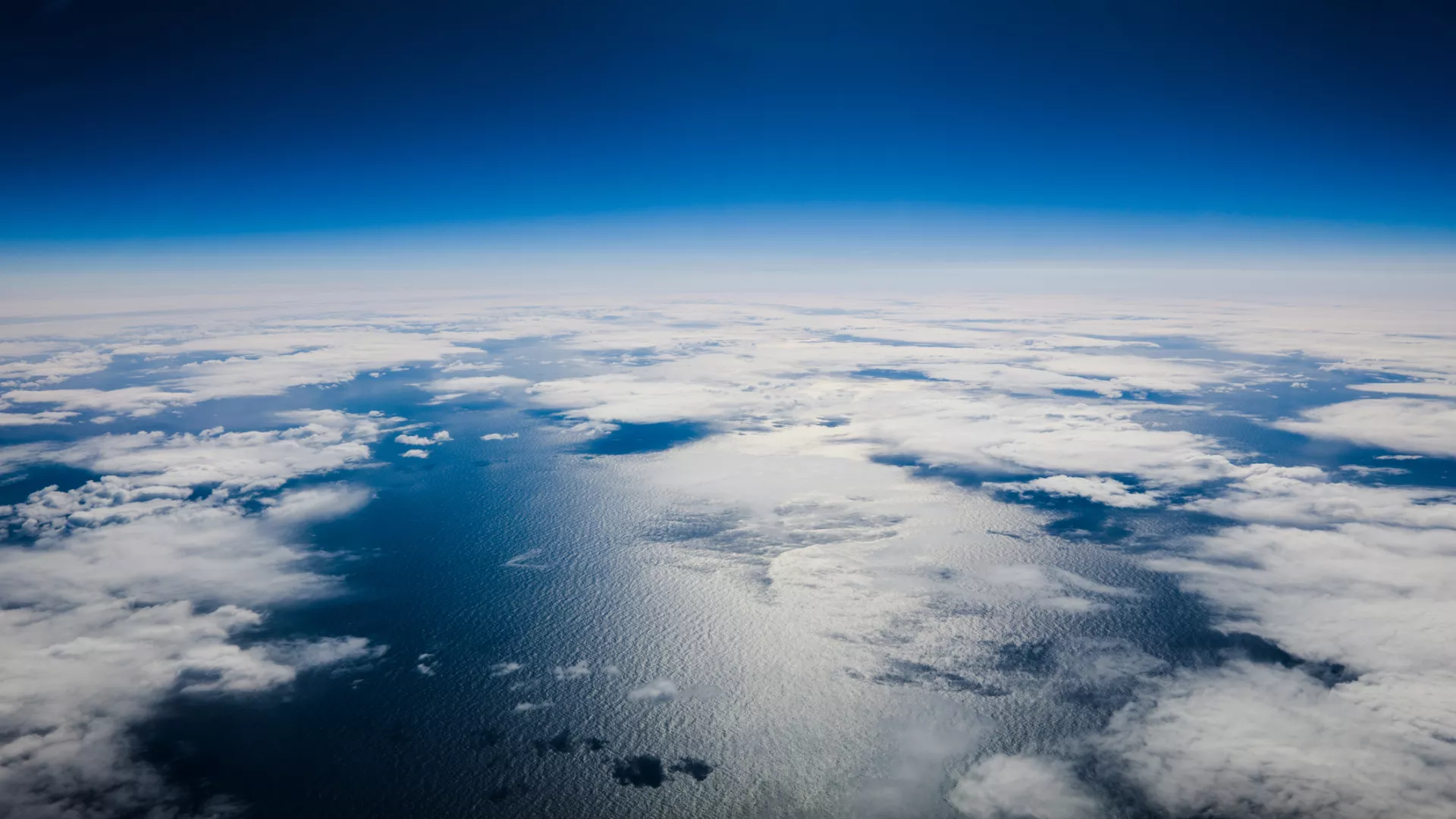Abstract:
Oceanic submesoscale fronts — sharp horizontal gradients in density and velocity that extend much longer than they are wide — perpetually arise in the turbulent, surface boundary layer with horizontal scales of 10 m – 1 km. The localized overturning circulations of submesoscale fronts can exhibit vertical velocities on the order of 100 meters per day and regulate air-sea fluxes, biogeochemical cycling, and dispersal of pollution and larvae. These impacts are fundamentally governed by individual frontal lifecycles that comprise the triggering of an overturning circulation that rapidly sharpens horizontal density and velocity gradients (frontogenesis), followed by their subsequent erosion (frontolysis) by some arresting mechanism (for example, instability).
The role of vertical boundary layer mixing in submesoscale frontogenesis is not clear due to separate studies that demonstrate vertical mixing can both sharpen and weaken fronts. In this talk, we aim to clear up this confusion and unify competing views with a re-litigation of the problem. We simulate the evolution of 2-D fronts initially in geostrophic balance (with zero overturning circulation) to the introduction of vertical mixing (which triggers the generation of the overturning circulation), over a range of initial frontal strengths and vertical mixing intensities. The simulations show that vertical mixing can both induce frontogenesis or frontolysis; a surprising result being that weak mixing can actually favor frontogenesis, contrary to the prevailing understanding. We demonstrate that regime transitions are determined by the competition between frontal sharpening through cross-front buoyancy advection and frontal weakening by buoyancy vertical mixing, which we quantify with a non-dimensional parameter that successfully maps solution behavior.

